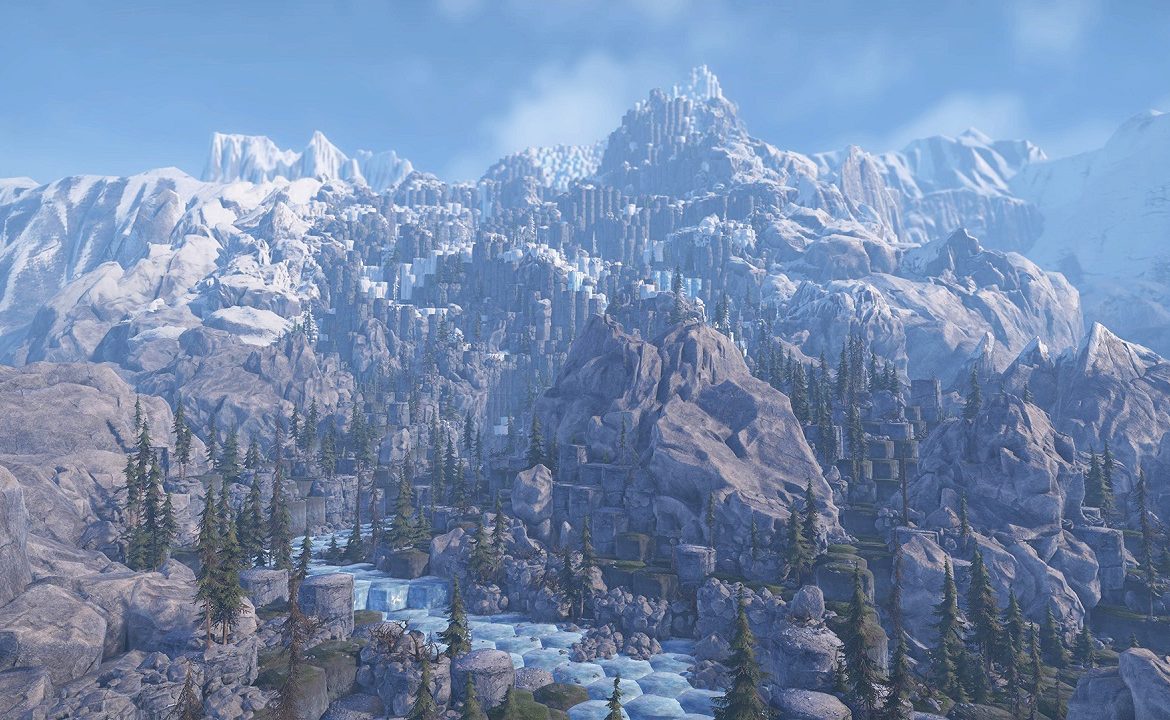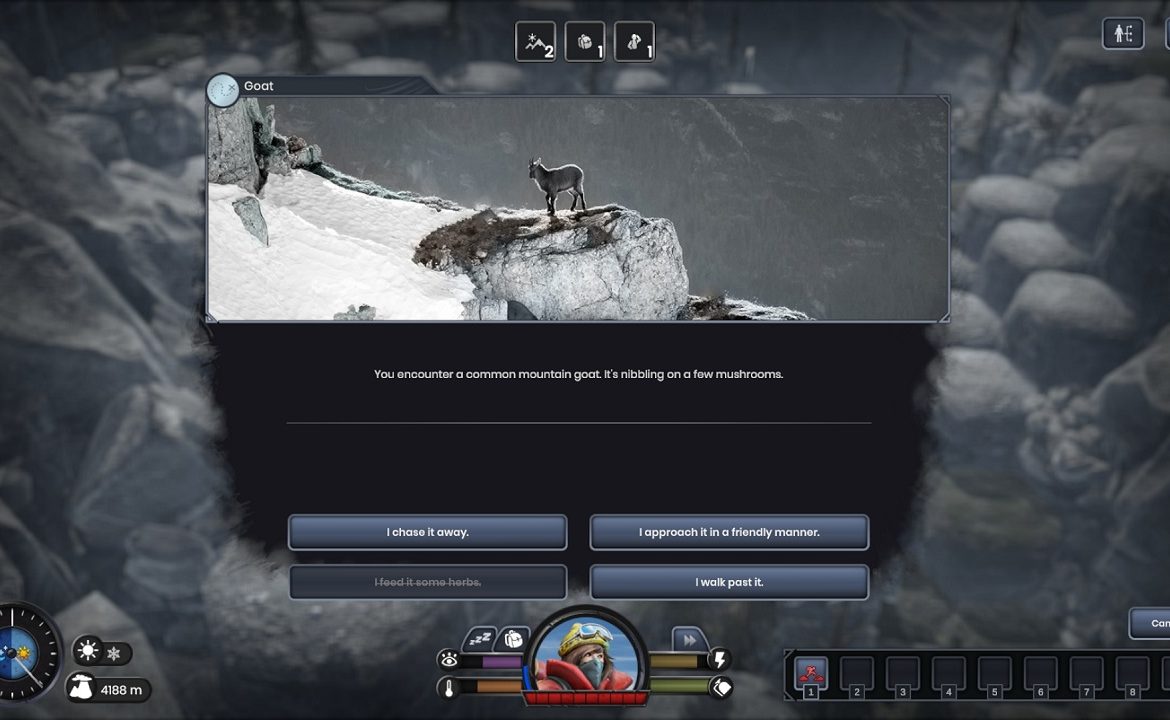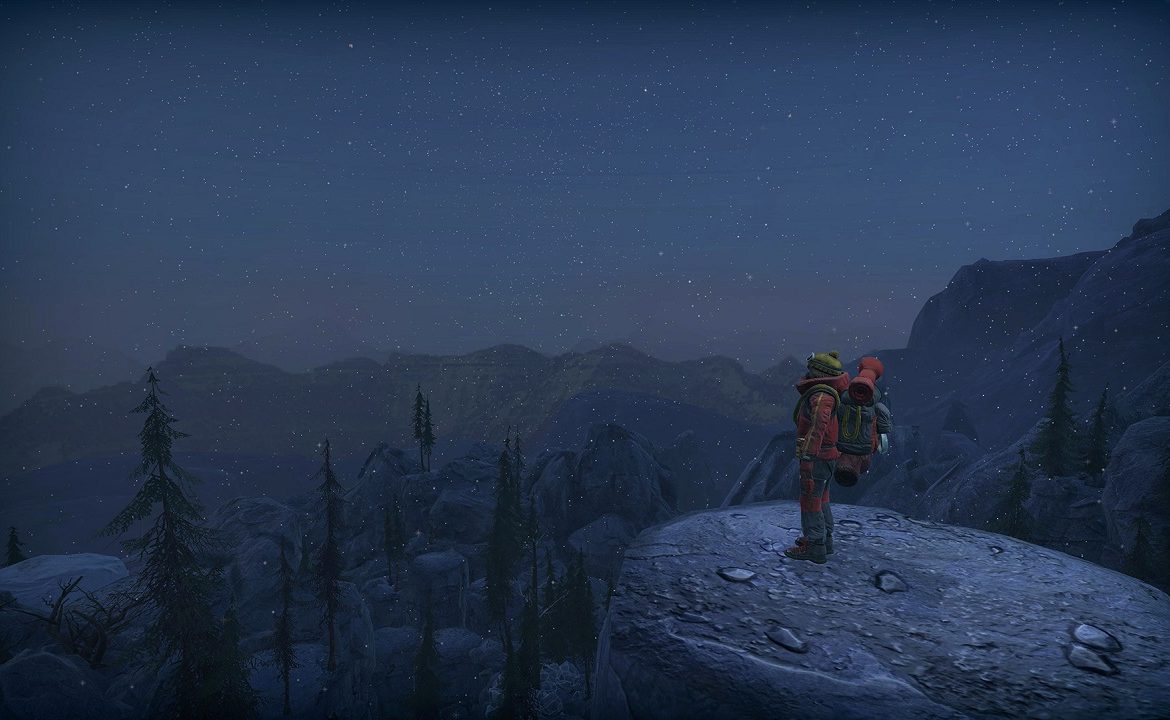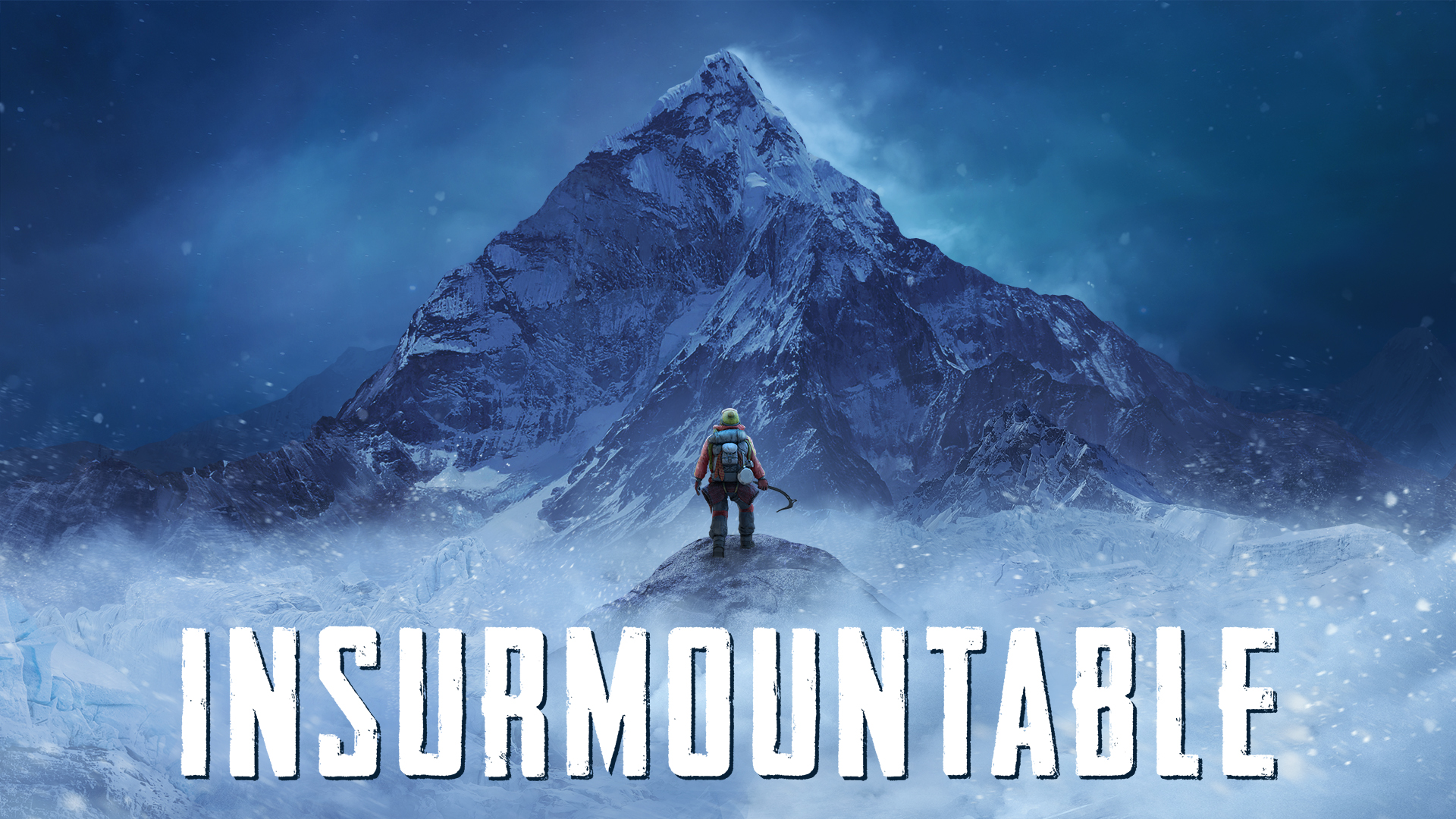A roguelike with a twist, does Insurmountable have more peaks than valleys? The Finger Guns review.
I have, by and large, had my fill with roguelikes, partly because so many of them fall into the same genres these days – they’re either top-down shooting and/or exploration games (in the mould of The Binding of Isaac and Enter The Gungeon) or brutally difficult and combat-heavy 2D platformers (such as Dead Cells and Narita Boy). So, when I learned of the existence of Insurmountable, a roguelike mountain climbing game, my interest was immediately piqued. Would it offer something different enough to reignite my interest in the genre as a whole?
The short answer is yes. The long answer is yes, but there are some caveats.

Insurmountable’s USP presents itself in the form of essentially a turn-based strategy game with resource management mechanics running through, in which every decision you make along the way will have some effect – both good and bad – on the next part of your journey. Each mountain is represented by a 3D map of recognisably rocky terrain that acts as untraversable scenery and a randomly generated hexagonal grid which serves as your path. Each ‘turn’ you make to progress along your chosen path will deplete a percentage of the five bars that represent your physical and mental state – there is a sanity meter, an energy meter, an oxygen meter, a body temperature meter and a central health meter. Any of those meters can fall to zero, but only that central health meter falling to zero will cause a Game Over state.
Along the way, you will encounter random events that can boost or deplete each of those meters – this might be happening upon a dead body which you can choose to loot for better equipment, clothing or consumables (oxygen tanks, flasks of hot drinks etc) or slipping into a crevice and taking fall damage. In some cases, you’ll be given a choice of how to react to one of these random events – at this point, the game almost plays like critically-acclaimed card-based strategy game Reigns, with the choices being largely binary and featuring some kind of trade-off. Do you pick the choice that boosts energy, but reduces your body temperature? Or do you preserve that body temperature at the expense of the oxygen available to you? It forces you to think every step of the way, making it a more cerebral experience, in which you have to think several steps ahead.

The roguelike nature of Insurmountable – where no two playthroughs will be the same – lends it a natural replayability. However, this replayability is bolstered by the addition of three characters to guide, three mountains to navigate (and each mountain has three different routes to take) and three difficulty levels to tackle. The characters each have back stories – an adventurer looking for their next thrill, a scientist looking for proof of an infinite energy source, and a journalist looking to corroborate rumours of a mysterious island kept hidden from the world. Unfortunately, that’s just about as in-depth as the story ever really gets. It’s a shame, as it feels like a lot of potentially interesting story beats have been left on the table, especially give the intriguing introductory reasoning for all three characters to be attempting such a hazardous journey.
The main difference between the three is their starting kit builds, with trade-offs to be considered. For example, the adventurer is able to utilise a sprint that cuts traversal time in half, thus potentially delivering a quicker journey to the peak, but the scientist has a much wider view of what’s around them, allowing them to plan their route more carefully, and the journalist is able to ignore negative weather and terrain effects for a period of time, making them less likely to experience injury or the effects of extreme cold. It makes it all worth playing through more than once.
I really like the game’s look. It’s not going to wow you with ray tracing and particle effects, and your character model – while nicely animated – isn’t exactly memorable. However, the hexagonal-grid-meets-rocky-mountain-terrain environment is a unique, almost abstract take. When combined with some fairly basic weather and lighting effects, the overall feel of Insurmountable is an atmospheric one. For instance, there’s a genuine sense of relief, when the sun comes up and the snow stops and you feel you can breathe again, just as there’s a real sense of claustrophobic dread as you get to the higher reaches of each peak, when the sun disappears, the darkness closes in around you (especially if you don’t have a torch) and you can see your character push and fight against the whipping wind and driving snow.

Insurmountable isn’t without fault. The aforementioned lack of story depth is disappointing, a little more differentiation in the abilities of the three characters would have been appreciated – as would a little less repetition in the suite of random events – and the sense of achievement at completing a run wasn’t quite as palpable as I’d have liked.
However, these are fairly minor nitpicks for a game that surprised and intrigued me with its premise and then backed it up with solid execution.
It may not be action-packed and your enjoyment mileage may vary, depending on your views on roguelikes, but Insurmountable is a unique take on a genre that has begun to feel a little stale for me. With an interesting premise, good replay value and a nice clean look, it’s a game I’ll certainly keep installed on the PC for a while and boot up for a quick run from time to time. A good, if somewhat tense, time will be had.

Insurmountable is available on PC through Steam.
Developer: Byterockers’ Games
Publisher: Byterockers’ Games
Disclaimer: In order to complete this preview, we were provided with a promotional copy of the game. For our full review policy, please go here.
If you enjoyed this article or any more of our content, please consider our Patreon.
Make sure to follow Finger Guns on our social channels – Twitter, Facebook, Twitch, Spotify or Apple Podcasts – to keep up to date on our news, reviews and features
